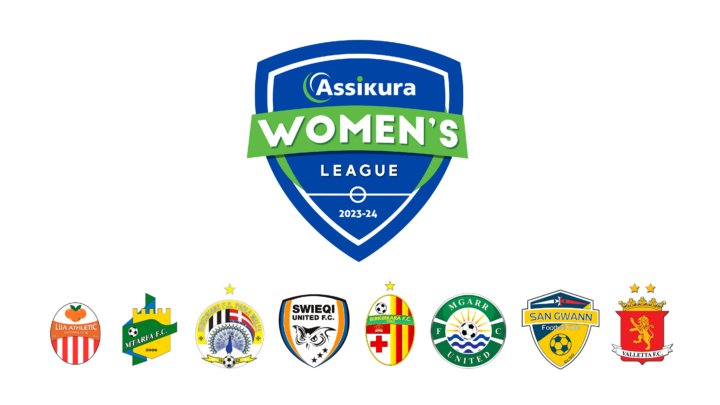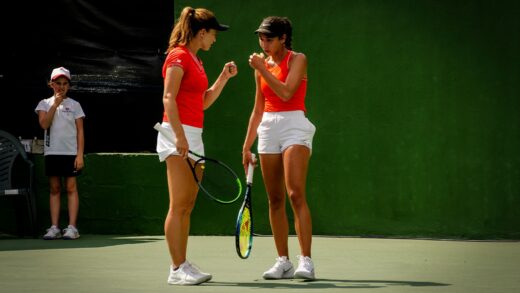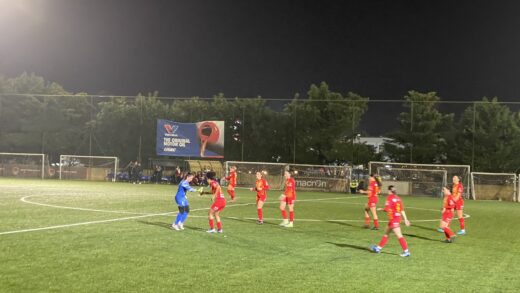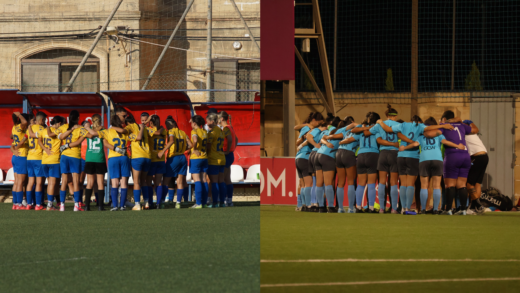The Assikura Women’s League heads into the final phase where teams are separated into the top and bottom section and will face each other three times to establish the league winner and the final positions. Whatever the section, there are at least three factors that may be good to keep in mind as euphoria and despair take centre stage in equal measures in the upcoming weeks.
The Split
The Assikura Women’s League will head into the final phase, where the teams have been split into two tables. The final phase will consist of each team meeting the other three in their section three times. It is a format that could see positions shift drastically with each week or a very early separation between teams, should those with the initial advantage continue to prevail.
For clarification, the top-four teams are Birkirkara, Swieqi United, Hibernians and Mgarr United, who will be competing against each other. The bottom-four are led by Valletta, who are followed by San Gwann, Lija Athletic and Mtarfa, with these being in a league of their own.
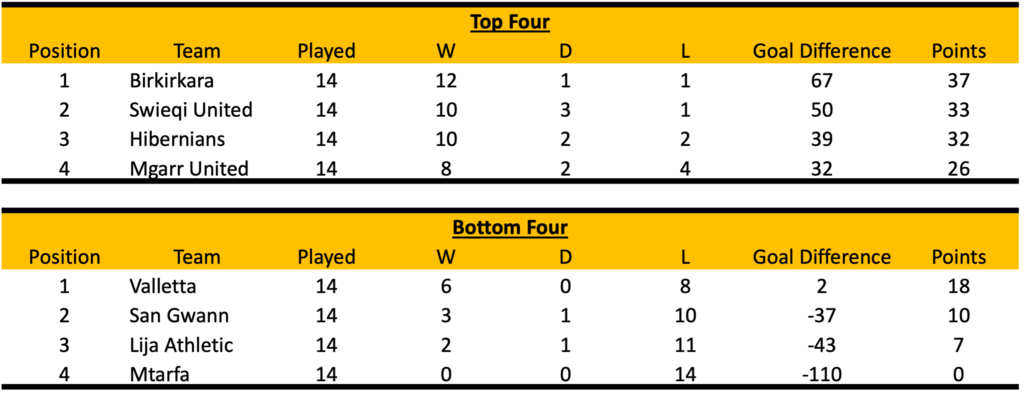
While various opinions have been aired about the new format, the focus here is to assess aspects that the split format will test from the competing teams. These include tests of the abilities of squads and coaches, while also exposing the effectiveness of the overarching decisions done by the clubs’ committees in general.
This is by no means an exhaustive list, but points towards three factors that may be good to keep in mind as euphoria and despair take centre stage in equal measures in the upcoming weeks.
1. Tactical Acumen
While the concept of watching the same fixture play out another three times may not create the same anticipation for the big-clashes, which will now be essentially played every week in both sections, there is a bigger headache involved for the coaches. In any repeat fixture, the focus will be on how those who have been on the losing end adapt to change fortunes, how those winning ensure they still prevail and in the case of stalemates, how tweaks could change a point into three.
To give some examples from the top four, Birkirkara have won both matches against Hibernians and Mgarr United. However, the latter two will have new coaches in the dugouts for this round in Kenneth Costantino and Patrick Curmi. In this regard, Jose’ Borg may need to be prepared to adapt for any differences that the two may employ to change their fortunes. However, if Birkirkara are to be caught, then some bold moves may be needed to stop the well-oiled machine from making the clean sweep.
Swieqi United’s Saviour Darmanin will face a similar challenge in battling against the new coaches, while him and Birkirkara’s Jose’ Borg have danced the dance three times already (including the Super Cup final), propping up every possible result. That presents a different conundrum.
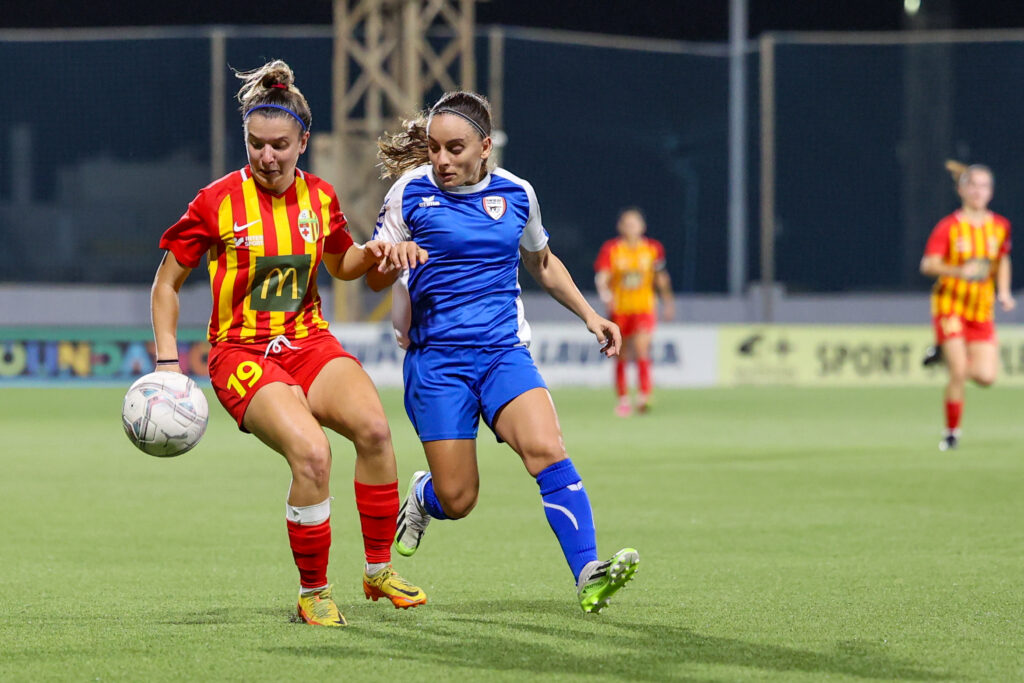
In matches that have been close, tweaks may be more subtle. Coaches asking a player to adopt a slightly different position or even switching a wide forward with a knack for crosses instead of a player who prefers to cut inside for the shot, may just prove to be the winning ticket. In this case, it is not only squad depth that may make a difference, but the versatility or differences in attributes of the players within the squad. Most importantly, it will be determined by the coaches’ ability to employ them at the right time and to keep players sitting on the bench motivated for when they are called upon to deliver.
In cases where the matches have been won by big margins, perhaps drastic changes are required from the losing teams, as well as an assessment of their humility in how they set up for the match. It will also test the willingness of teams to take a more long-term, measured and planned approach to the round.
In the case of the bottom four, it is Denis Guerra’s Valletta who have been the dominant force, winning all their six encounters, which may mean that their rivals will need to try out something different. The opposite is true for Mtarfa who can use the final phase to build a foundation.
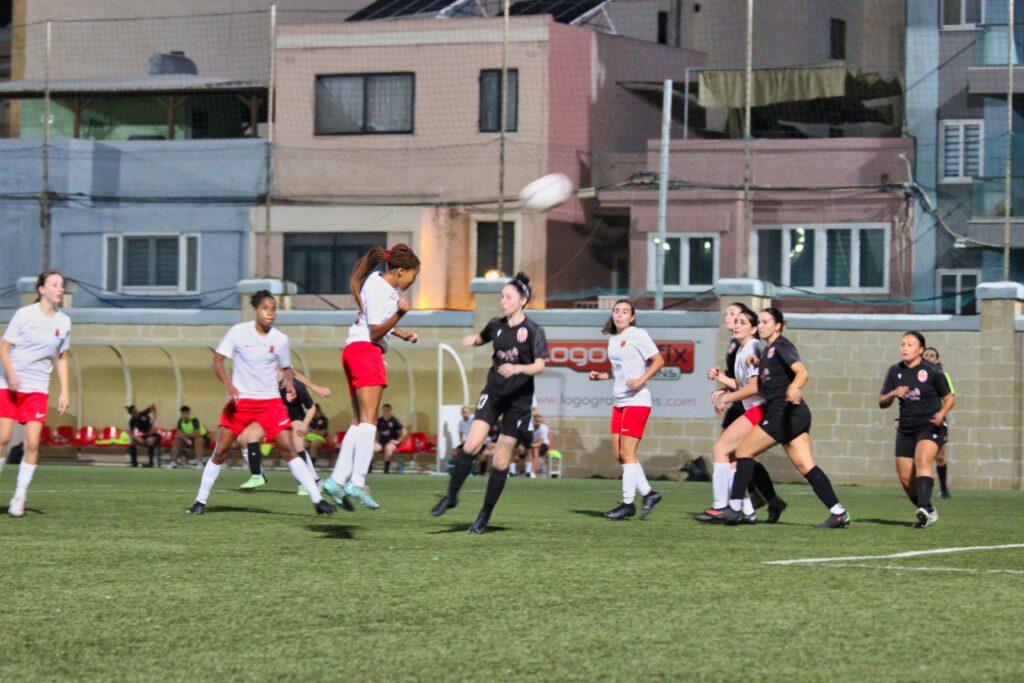
Julian Camilleri’s San Gwann and Jethron Azzopardi’s Lija Athletic have taken some points from each other. Both coaches were new at the start of the season, and with the teams taking more shape and identity over the course of the campaign, perhaps the coaches will look to employ minor tweaks to edge out the battle for the final positions.
2. Physical Intensity & Recovery
Certainly, squad depth will make a difference and how much these players are spread across also the youth teams will also make a difference. Each team have made their own decisions in how they built and crucially, developed their squad during the season. A coach who has the depth to replace players from one week to the next will be at an advantage in terms of keeping the team fresh, while being in a better position to address the season’s woes such as injuries and suspensions.
However, player recruitment is just one side of this. The beginning of the season was marked by a flurry of transfer news in which, besides players, several clubs announced the recruitment of fitness or strength & conditioning coaches. In fact, this year, all teams competing within the top four have had their own fitness specialist. Perhaps that within itself points towards the importance of this in pushing the level further.
A few other clubs have sought different ways of improving the fitness of their players in a less specialised way, while the absence of any focus on this has resulted in some players taking it upon themselves to tackle this aspect.
Certainly, the clubs who employed fitness coaches and those who did not will find the true test of these decisions in the upcoming phase as the pressure to deliver a high intensity match each week mounts.
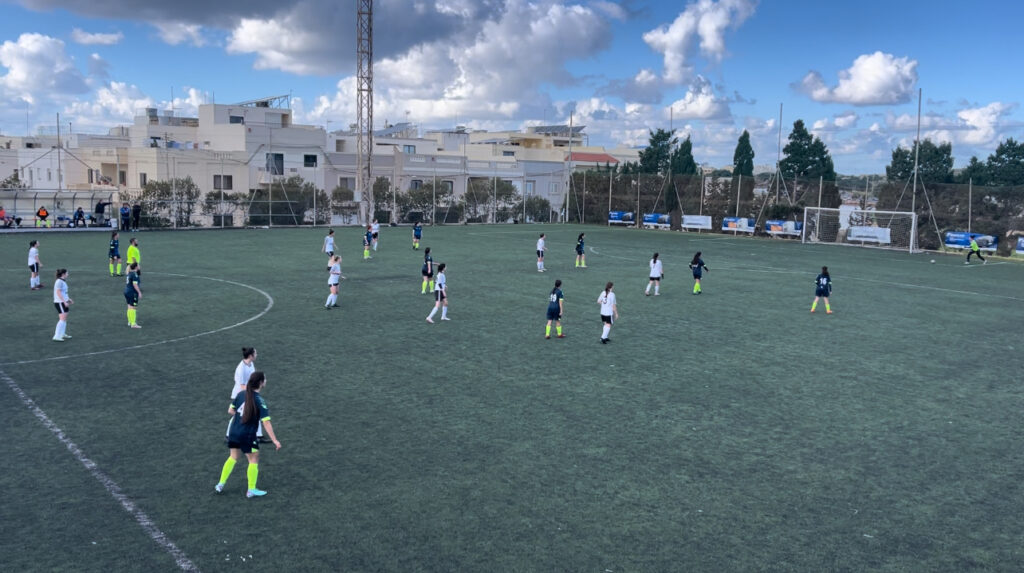
In the case of the top-four, those teams who were accustomed to using the fixtures against lower-league teams to lull the intensity after the 60th minute, when the result is in the bag, will no longer have that luxury. Likewise, if those in the bottom-four are seeking to win matches, the whole team will need to be engaged in every match, throughout. This means, it is no longer the time to put the onus on the defence, while the attackers essentially drop off the face of the game, as has been the case at times against the top-four teams.
In this regard, these matches will demand more of teams in terms of needing to be physically recovered from one match and ready for one with a similar intensity within the span of seven days or even less. While much has been put on the fitness coaches, here-in-lies the other conundrum for clubs. The split will also test their recovery structures and relative technical staff, or lack-thereof.
3. Mental Character
The pressure to perform week-in-week-out will be real. In the case of mental toughness, the local league is still somewhat lagging, in that very few clubs have sports psychologists on hand. In this regard, clubs will either look outward to professionals or leave it up to the combination of the coaches’ motivational speeches, innate squad spirit and camaraderie.
Although groupings in the league tables are already evident, the direct nature of the competition in the final phase will make the swings in the table more apparent. A couple of wins for a team against close rivals will develop a chasm in the table just as much non-consistency from one week to the next will cancel out any progress made. On the other hand, if a team faces a gap, how they frame this challenge ahead of every match will likely show on the pitch in terms of whether they will still be competing by the end or have dropped off completely.
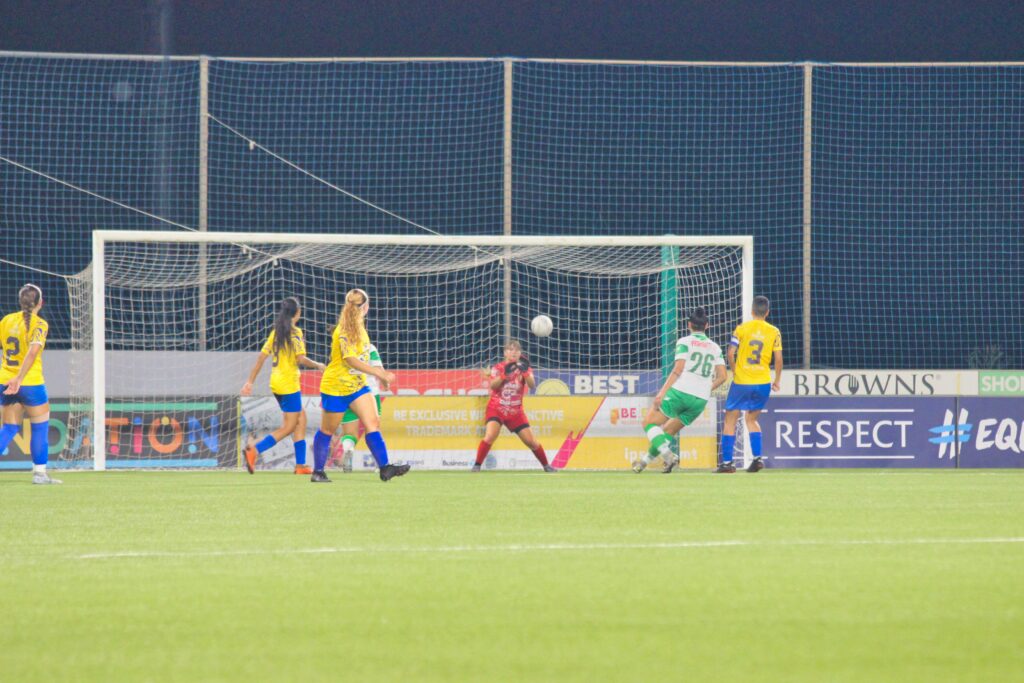
While one hopes to not witness major injuries, these are also part and parcel of the game. Dealing with them in this crucial stage will continue to test teams’ ability to perform despite the circumstances. On the flip side, if the competition goes down to the final fixtures, then squads will be stretched and fringe players will find opportunities to make their mark. Their ability to perform in that scenario could open doors for further playing time and new opportunities, no matter their age.
The fact that most coaches and players are not full-time professionals in the game, is another factor to consider as they continue to balance the development of their game along with handling full-time jobs and their own personal lives.
Should things be close (which certainly would be the best case scenario for the neutral), then teams’ ability to face that pressure head on and come out swinging will be the truest test of character and perhaps the most rewarding win of all.
The final phase begins tomorrow, with the top-four clash between Birkirkara and Mgarr United at the Centenary Stadium at 20:15, which will also be televised on TVM Sports+. In the bottom-four, Mtarfa will host San Gwann at the Victor Tedesco Stadium, 20:30.
Stay up to date by following The Sporting Fan on social media: Instagram ~ Facebook ~ X
